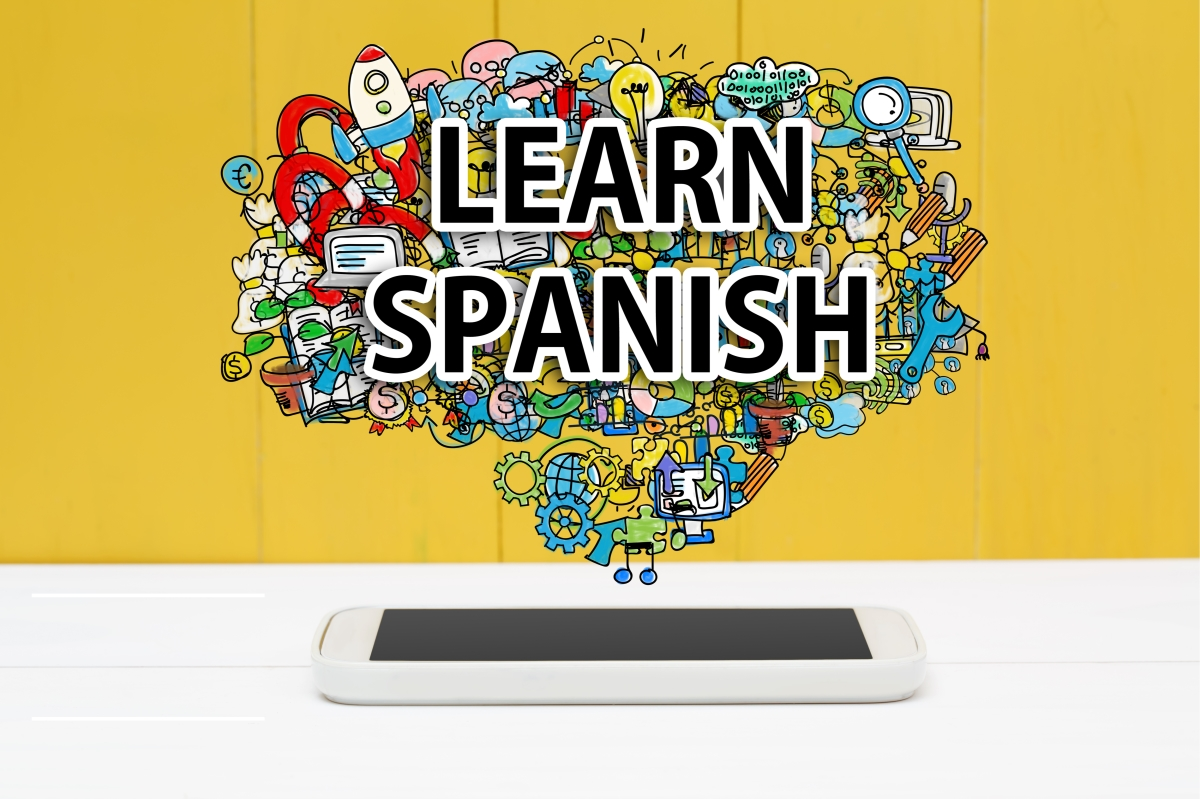
This basic course is suitable for anybody who wants to engage with native Spanish speakers, go to a Spanish-speaking nation, or participate in a study and exchange program. You will be able to meet people in Spanish, exchange basic information with them, and understand simple written and oral materials by the conclusion of the course.
This brief course, suitable even for individuals with little prior experience, will teach you the fundamentals of striking up a simple conversation in Spanish in a social setting.
Covering themes like greetings, personal information, vocations, and essential grammatical facts, you'll be able to introduce yourself and meet other people in Spanish by the conclusion of the course, as well as read, interpret, and compose short messages.



